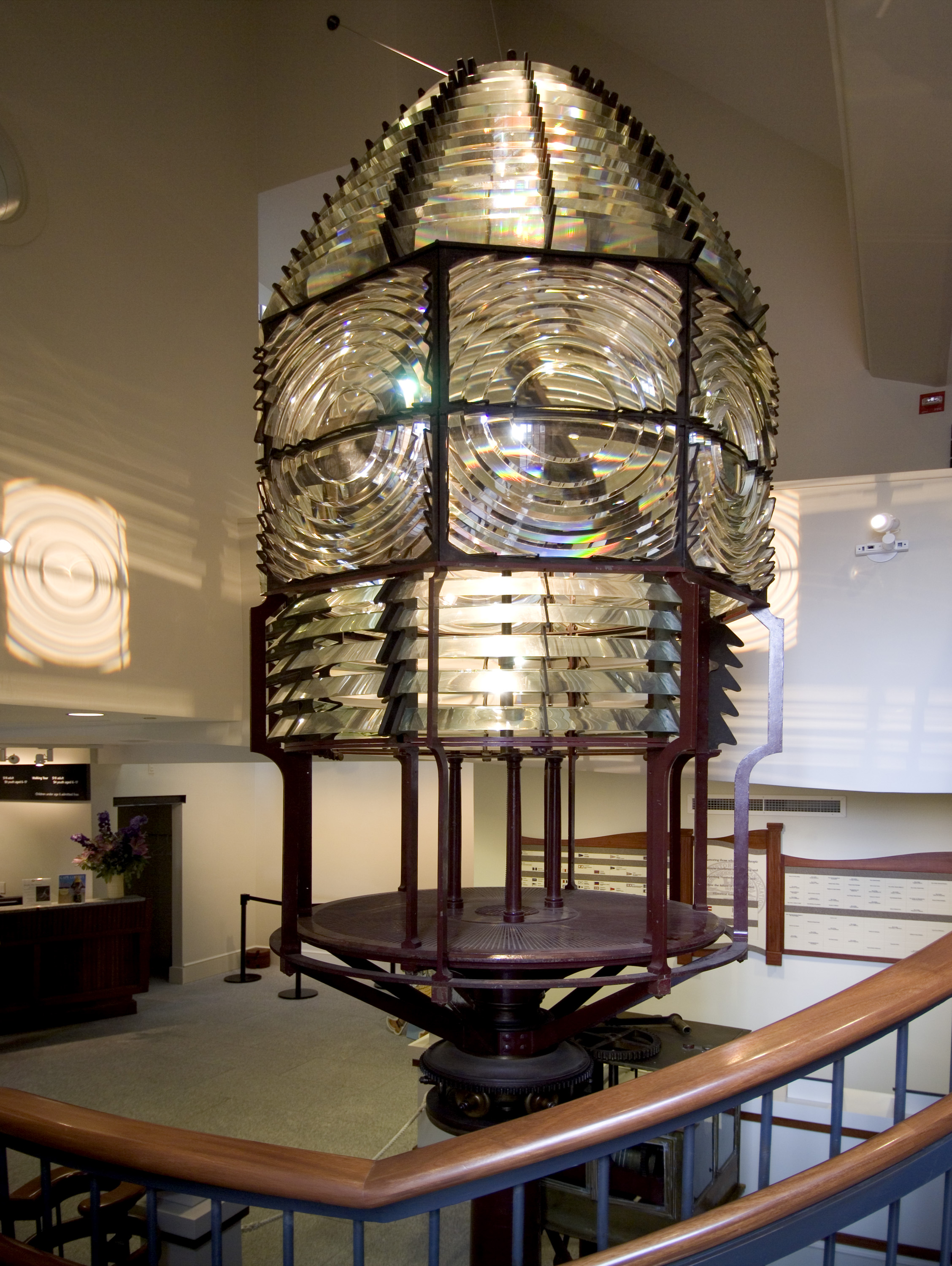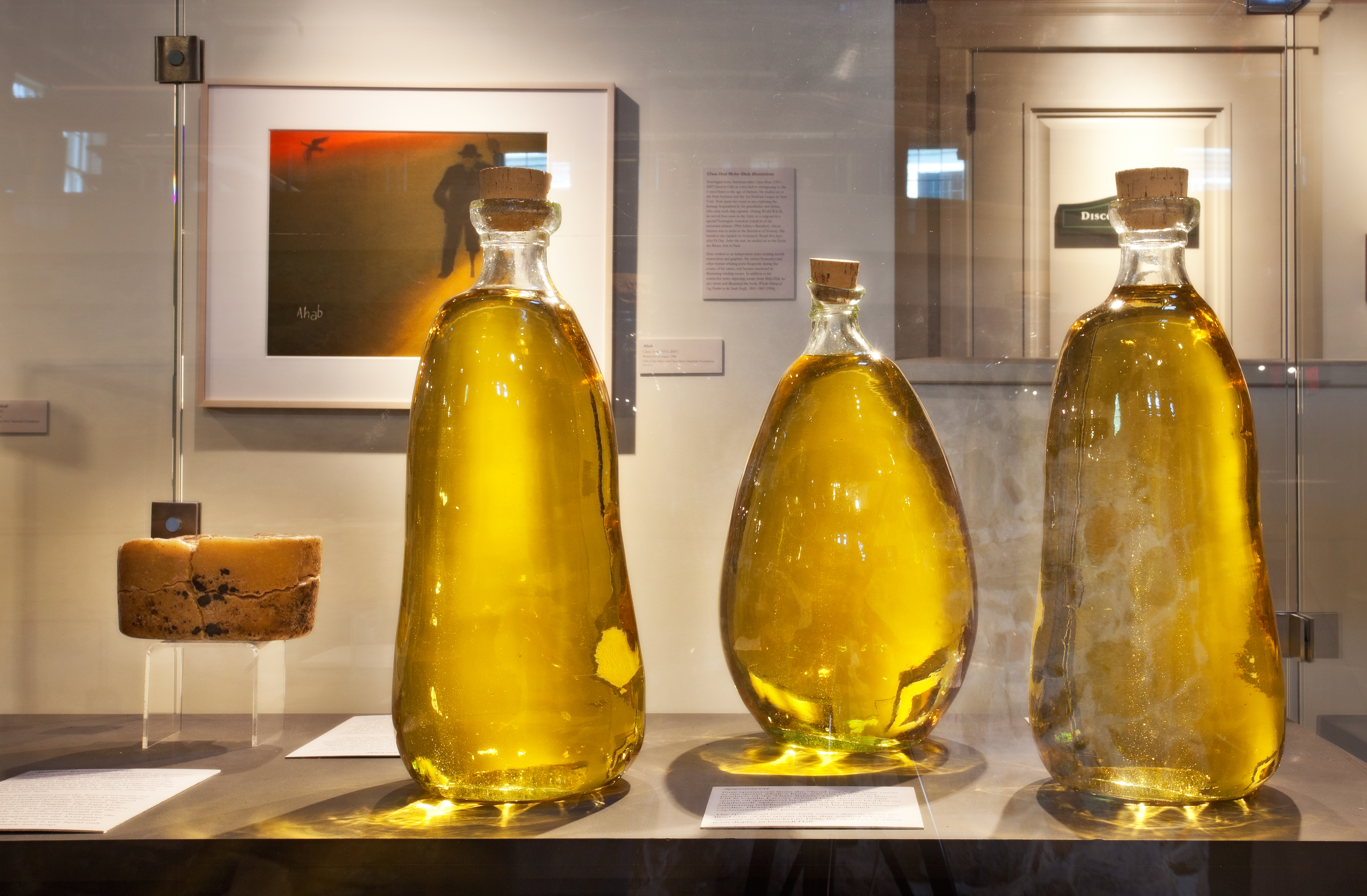Nantucket Whaling Museum on:
[Wikipedia]
[Google]
[Amazon]
The Nantucket Whaling Museum is a  In 2008, the Whaling Museum received accreditation from the American Association of Museums. The museum was reaccredited in 2017.
In 2008, the Whaling Museum received accreditation from the American Association of Museums. The museum was reaccredited in 2017.
 William Hadwen and Nathaniel Barney were partners in a whale-oil manufacturing firm on the island in the mid-19th century, Hadwen & Barney. In 1848, they purchased the oil and candle factory building on Broad Street at the head of New North Wharf (now Steamboat Wharf) built by Richard Mitchell & Sons in 1847, a year after the Great Fire swept through the area. The
William Hadwen and Nathaniel Barney were partners in a whale-oil manufacturing firm on the island in the mid-19th century, Hadwen & Barney. In 1848, they purchased the oil and candle factory building on Broad Street at the head of New North Wharf (now Steamboat Wharf) built by Richard Mitchell & Sons in 1847, a year after the Great Fire swept through the area. The  After the local whaling industry failed, the last
After the local whaling industry failed, the last  The NHA library and artifact collections were housed in their own dedicated buildings in the late twentieth and early twenty-first centuries, freeing up the Broad Street compound for improvement. A new museum was designed, incorporating the 1847 Hadwen & Barney Oil and Candle Factory and the 1971 Peter Foulger Museum on the opposite corner of the block as part of a new site that bridged the two buildings with exhibit and program space, including Gosnell Hall, where a forty-foot-long sperm-whale skeleton is suspended from the ceiling. The Hadwen & Barney Oil and Candle Factory, featuring the massive lever-press, is interpreted as an industrial site where the complicated process of refining oil and making spermaceti candles is explained. New exhibition spaces extend above and around Gosnell Hall, including a
The NHA library and artifact collections were housed in their own dedicated buildings in the late twentieth and early twenty-first centuries, freeing up the Broad Street compound for improvement. A new museum was designed, incorporating the 1847 Hadwen & Barney Oil and Candle Factory and the 1971 Peter Foulger Museum on the opposite corner of the block as part of a new site that bridged the two buildings with exhibit and program space, including Gosnell Hall, where a forty-foot-long sperm-whale skeleton is suspended from the ceiling. The Hadwen & Barney Oil and Candle Factory, featuring the massive lever-press, is interpreted as an industrial site where the complicated process of refining oil and making spermaceti candles is explained. New exhibition spaces extend above and around Gosnell Hall, including a 
museum
A museum ( ; plural museums or, rarely, musea) is a building or institution that cares for and displays a collection of artifacts and other objects of artistic, cultural, historical, or scientific importance. Many public museums make these ...
located in Nantucket
Nantucket () is an island about south from Cape Cod. Together with the small islands of Tuckernuck and Muskeget, it constitutes the Town and County of Nantucket, a combined county/town government that is part of the U.S. state of Massachuse ...
, Massachusetts
Massachusetts (Massachusett language, Massachusett: ''Muhsachuweesut assachusett writing systems, məhswatʃəwiːsət'' English: , ), officially the Commonwealth of Massachusetts, is the most populous U.S. state, state in the New England ...
. It is run by the Nantucket Historical Association
Nantucket () is an island about south from Cape Cod. Together with the small islands of Tuckernuck and Muskeget, it constitutes the Town and County of Nantucket, a combined county/town government that is part of the U.S. state of Massachus ...
. The Whaling Museum is the flagship site of the Nantucket Historical Association’s fleet of properties.
Restored in 2005, the Nantucket Whaling Museum has an expanded exhibit and program space that connects the 1847 Hadwen & Barney Oil and Candle Factory and the 1971 Peter Foulger Museum. The new structure includes the Gosnell Hall Whale Hunt Gallery, where a 46 foot (14 meter) long sperm whale skeleton is suspended from the ceiling. The Hadwen & Barney Oil and Candle Factory, featuring the massive lever press, is interpreted as an industrial site where the complicated process of refining oil and making spermaceti
Spermaceti is a waxy substance found in the head cavities of the sperm whale (and, in smaller quantities, in the oils of other whales). Spermaceti is created in the spermaceti organ inside the whale's head. This organ may contain as much as of ...
candles is explained, along with the other Nantucket industries that arose from the whaling
Whaling is the process of hunting of whales for their usable products such as meat and blubber, which can be turned into a type of oil that became increasingly important in the Industrial Revolution.
It was practiced as an organized industry ...
era. Eleven galleries and exhibit spaces featuring artifacts and art pertaining to Nantucket life, art, and ideas are on display.
 In 2008, the Whaling Museum received accreditation from the American Association of Museums. The museum was reaccredited in 2017.
In 2008, the Whaling Museum received accreditation from the American Association of Museums. The museum was reaccredited in 2017.
History
 William Hadwen and Nathaniel Barney were partners in a whale-oil manufacturing firm on the island in the mid-19th century, Hadwen & Barney. In 1848, they purchased the oil and candle factory building on Broad Street at the head of New North Wharf (now Steamboat Wharf) built by Richard Mitchell & Sons in 1847, a year after the Great Fire swept through the area. The
William Hadwen and Nathaniel Barney were partners in a whale-oil manufacturing firm on the island in the mid-19th century, Hadwen & Barney. In 1848, they purchased the oil and candle factory building on Broad Street at the head of New North Wharf (now Steamboat Wharf) built by Richard Mitchell & Sons in 1847, a year after the Great Fire swept through the area. The Greek Revival
The Greek Revival was an architectural movement which began in the middle of the 18th century but which particularly flourished in the late 18th and early 19th centuries, predominantly in northern Europe and the United States and Canada, but ...
-style industrial building (similar to the Thomas Macy Warehouse on Straight Wharf) was originally the core of a complex of buildings devoted to oil processing and candle manufacturing, supplying oil for street lamps in London and Paris and lighthouses along the Atlantic coast of the United States.
 After the local whaling industry failed, the last
After the local whaling industry failed, the last whaling ship
A whaler or whaling ship is a specialized vessel, designed or adapted for whaling: the catching or processing of whales.
Terminology
The term ''whaler'' is mostly historic. A handful of nations continue with industrial whaling, and one, Japa ...
sailed from Nantucket in 1869, the building was used as a warehouse, and much later as an antiques shop. In 1929, it was purchased by the Nantucket Historical Association to house a collection of whaling artifacts donated by Edward F. Sanderson
Edward Frederick Sanderson (March 16, 1874 – October 31, 1955) was a Congregational minister and one of the founders of Goodwill Industries. He was also notable for his early support of the Nantucket Whaling Museum.
Early life and education
He ...
, a Congregational minister. The Whaling Museum opened in the Hadwen & Barney Oil and Candle Factory in 1930, with Sanderson’s collection of whaling implements and other material relating to the industry displayed in the refinery building. Harpoons, lances, blubber hooks, cutting spades, and a whaleboat fitted out for action were enlivened with the whaling tableaux and commentary of “custodian” George Grant.
The collections of the NHA continued to expand in the twentieth century. While the Whaling Museum featured the industry that made Nantucket an internationally recognized name in the eighteenth and nineteenth centuries, the Fair Street Museum showcased artifacts that told the story of island life, and the NHA’s house museums interpreted domestic life during successive historical eras. Space to preserve and exhibit the relics of an earlier age was always at a premium, but Admiral William Mayhew Folger, a descendant of early settler Peter Foulger, left a bequest to the NHA in 1929 that honored his ancestor. He specifically required the NHA to use the funds from his bequest to construct a building similar to the Coffin School, a Greek Revival-style brick building built on Winter Street in 1852 with funds donated by Sir Isaac Coffin, a British admiral descended from Tristram Coffin. Admiral Folger’s gift was received in 1968, after the death of his last surviving beneficiary, and following his wishes, the building at the corner of Broad and North Water streets was completed in 1971, providing new exhibit halls, a library room, office space, and more room to store collections.
 The NHA library and artifact collections were housed in their own dedicated buildings in the late twentieth and early twenty-first centuries, freeing up the Broad Street compound for improvement. A new museum was designed, incorporating the 1847 Hadwen & Barney Oil and Candle Factory and the 1971 Peter Foulger Museum on the opposite corner of the block as part of a new site that bridged the two buildings with exhibit and program space, including Gosnell Hall, where a forty-foot-long sperm-whale skeleton is suspended from the ceiling. The Hadwen & Barney Oil and Candle Factory, featuring the massive lever-press, is interpreted as an industrial site where the complicated process of refining oil and making spermaceti candles is explained. New exhibition spaces extend above and around Gosnell Hall, including a
The NHA library and artifact collections were housed in their own dedicated buildings in the late twentieth and early twenty-first centuries, freeing up the Broad Street compound for improvement. A new museum was designed, incorporating the 1847 Hadwen & Barney Oil and Candle Factory and the 1971 Peter Foulger Museum on the opposite corner of the block as part of a new site that bridged the two buildings with exhibit and program space, including Gosnell Hall, where a forty-foot-long sperm-whale skeleton is suspended from the ceiling. The Hadwen & Barney Oil and Candle Factory, featuring the massive lever-press, is interpreted as an industrial site where the complicated process of refining oil and making spermaceti candles is explained. New exhibition spaces extend above and around Gosnell Hall, including a scrimshaw
Scrimshaw is scrollwork, engravings, and carvings done in bone or ivory. Typically it refers to the artwork created by whalers, engraved on the byproducts of whales, such as bones or cartilage. It is most commonly made out of the bones and teeth ...
and decorative arts gallery and galleries for changing exhibits about Nantucket life, arts, and ideas.

See also
*List of maritime museums in the United States
List of maritime museums in the United States is a sortable list of American museums which display objects related to ships and water travel. Many of these maritime museums have museum ships in their collections. Member museums of the Council of ...
References
External links
* {{authority control Institutions accredited by the American Alliance of Museums Museums established in 1929 Whaling museums Museums in Nantucket, Massachusetts Buildings and structures in Nantucket, Massachusetts Tourist attractions in Nantucket, Massachusetts Maritime museums in Massachusetts